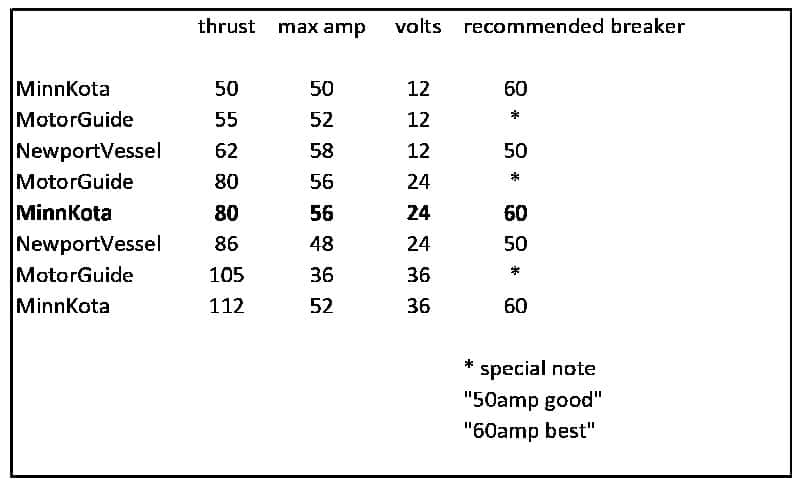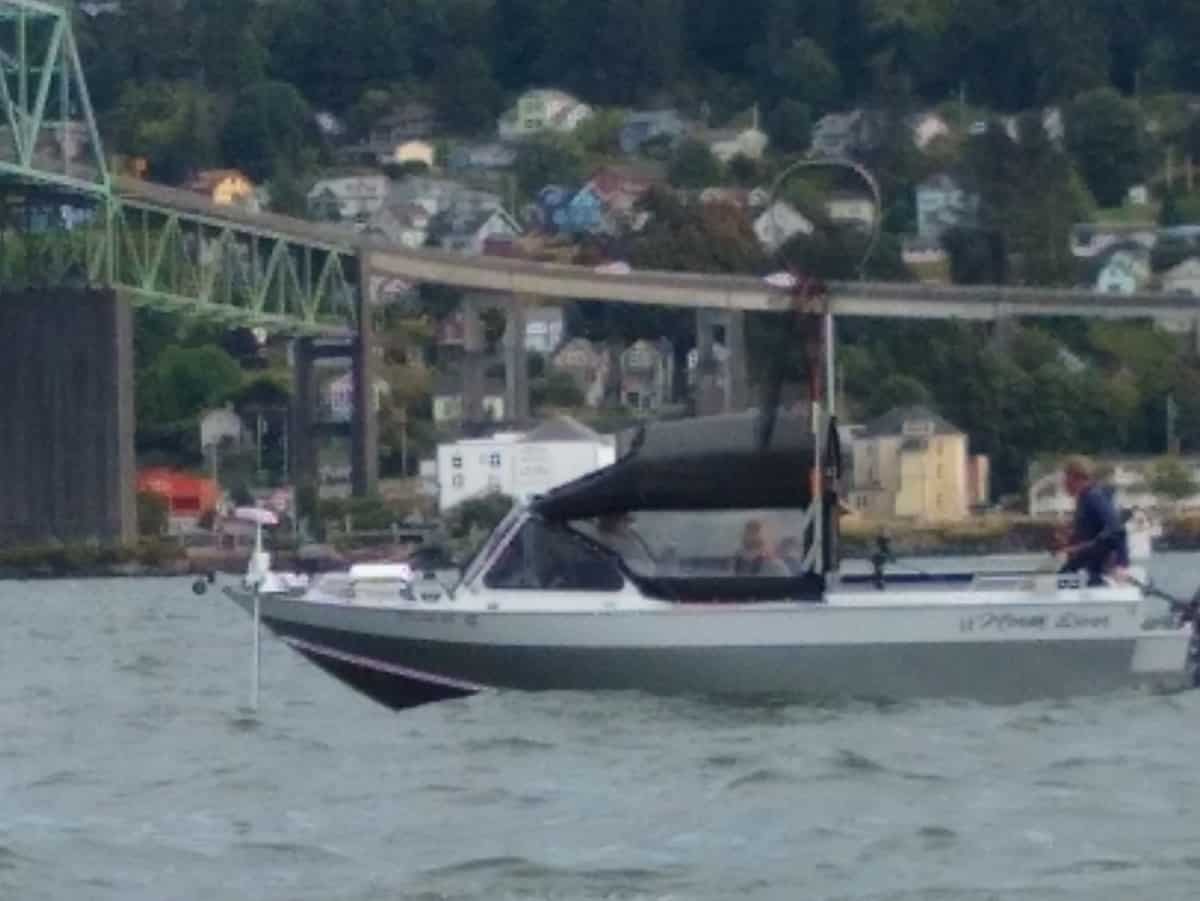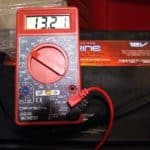If you are wondering how long your electric trolling motor will last, then you need to know about your motor amps .i.e.
- How many amp hours does your battery support?
- What is your amperage draw?
- How many hours will your motor operate?
These questions are similar to how you discuss your car issues, such as what gas mileage does it get or what is the capacity of its gas tank. Let’s start with a car battery’s example to solidify your understanding of the trolling motor’s battery.
How The Battery Works
The function of a battery is clear to anyone who is a boat hobbyist, but not everyone knows how it operates when it comes to different types. The motor battery is used to store and hold energy for use.
The batteries used in cars are known as lead-acid batteries – comprising lead plates submerged in acid. Usually, these batteries fall in the category of flooded batteries, where the acid acts as a liquid that can flow easily within the battery casing.
Often, people don’t recognize that there are multiple types of car batteries. However, this fact is overlooked due to their similarity in looks.
Next, let’s learn about the battery measurements, including cranking amps and amps hours. Cranking amps (CAs) are the number of amps delivered by a battery in 30 seconds at 32 degrees Fahrenheit.
Cranking cold amps (CCA) are similar, but they are recorded at 0 degrees Fahrenheit. CAs work best when it comes to short bursts of intense usage like starter motors.
Amp-hours refer to the number of amps delivered for a fixed number of hours. For instance, a 100 amp hour battery consumes 1 amp to deliver 100 hours, or 20 amps to deliver 5 hours. The formula is simple:
Amp x Hours = Amp Hours
You’ll also notice RC or Reserve Capacity in place of amp-hours in some batteries. RC represents the number of minutes a fully-charged battery delivers in around 10.5 volts at 80 degrees Fahrenheit while drawing 20 amps.
You can convert RC to amp hours by using the following formula.
Amp Hours = RC/2.4
Car batteries have lead plates that contain multiple drilled holes. This design aims to increase surface contact with the acid to generate maximum energy in a short period of time.
However, this also depletes the battery rapidly. Cranking amps are used to measure the power of car batteries. They are ideal for applications that need short bursts of power.
Deep cycle batteries contain solid plates. This is why they last longer and are more stable. Amp-hours or RC ratings are used to measure these batteries.
They are mostly used for applications that require a steady power draw – motors in wheelchairs, golf carts, and electric trolling motors.
Marine batteries are generally a hybrid between both types of batteries. These plates contain a few holes, but not as much as car batteries. They are used to start your motor with CA and offer support for a steady current draw for uses like electric downriggers.
Usually, these batteries are not used with trolling motors, particularly for extended periods. In most cases, they are measured in terms of CA or CC, whereas Amp Hours and RC are also used once in a while.
Keep in mind, battery labeling isn’t always representative of a strict standard. Hence, read the numbers carefully while you are choosing a battery. Keep in mind that batteries come in different sizes. Therefore, it should fit where you place it.
Check out our article What type of battery should I use for my electric trolling motor?
In the case of trolling motors, it’s better to go ahead with a deep cycle battery due to the higher number of amp-hours or RC, thus ensuring that your motor will run longer.
After some time, your battery starts to wear out. It can happen due to over-discharge, poor maintenance, or simply age, and your battery fails to deliver the expected amp hours.
What is your amperage draw?
What you really need to know is how many amps does an electric trolling motor draw or your trolling motor. A Minnkota 80 pound thrust motor has a maximum amp draw rating of 56 amps, according to Minnkota. Below we have put together a chart of some common trolling motor amp draws.
It’s not easy to find the exact amp draw rating of a motor, but you can get in touch with the manufacturer by sending them a message if you can’t find your amp draw.
Manufacturers usually list your trolling motor’s max amperage draw at startup and on top speed. Therefore, you need to use it as a baseline to estimate draws at other speeds.

This information is very important when building your trolling motor electrical system. Because your trolling motor power is supplied via wiring it is essential to use the proper gauge.
Check out our article Trolling Motor Wire Gauge: A complete guide.
What is a Battery Bank?
A battery bank is one or more batteries that are connected together. When two 12 volt batteries are connected together in parallel it will double the amp hour rating.
Connecting two batteries in series will double the voltage. Most systems with a voltage of 24 or more volts have multiple batteries connected in series.
How Long Will an Electric Trolling Motor Run on a Battery?
To determine how long your motor will run at maximum speed take the battery’s amp hour rating divide it in half, then divide the result by the maximum amp draw. Your result is the number of hours your battery will last at full speed, however, most people shouldn’t use their motor above 50% power (thrust).
Let’s consider that you have a deep cycle battery bank with an amp hour rating of 100. As specified above, divide it by 2. This means that your battery has 50 amp-hours at 50 percent depth of discharge.
Suppose you are using a 50-pound thrust electric trolling motor by Minn Kota at the maximum speed setting and it’s drawing out 50 amps. In this way, you have around 1 remaining hour as per the following calculation.
100 x .5 / 50 = 1 hour -OR- (battery amp hours) x .5 / (motor amp draw) = hours
Do note that we used maximum thrust in this example. If you are running your motor constantly above 50 percent thrust you need a larger motor.
At 50 percent thrust, most motors perform at peak efficiency and will draw way less than half the maximum amp draw. The motor in our example has been tested to draw under 40 percent or 20 amps, but that also depends on the model’s speed control.
We recommend a separate battery for electronic, such as electric downriggers or fish finders, but if you don’t it will also cut the power available for your electric motor.
Check out MinnKota For more information on Amp-hour ratings and the MinnKota standard chart.
Weather Impact
Keep in mind that weather and water can have a substantial impact on your battery’s performance. A motor that requires 10 amps to move your boat at medium speed in stable weather may require 20 amps for moving the same boat in stronger winds. Therefore, if you are going to use your motor frequently in stormy or windy conditions, you need to keep these factors in mind.
Larger Motors
Larger trolling motors offer the same thrust as smaller motors while drawing fewer amps. It helps to increase your run time. If you want your boat to run for extended periods, it’s a good idea to purchase a 24v motor, such as the 24v Minn Kota.
Check out our article 9 Reasons We Prefer 24 Volt Trolling Motors
Final Thoughts
Hopefully, this article helped you to gain an understanding of how many amps a trolling motor uses. A basic understanding of amp draw and battery amp hours can go a long way in helping you calculate your time on the water.



